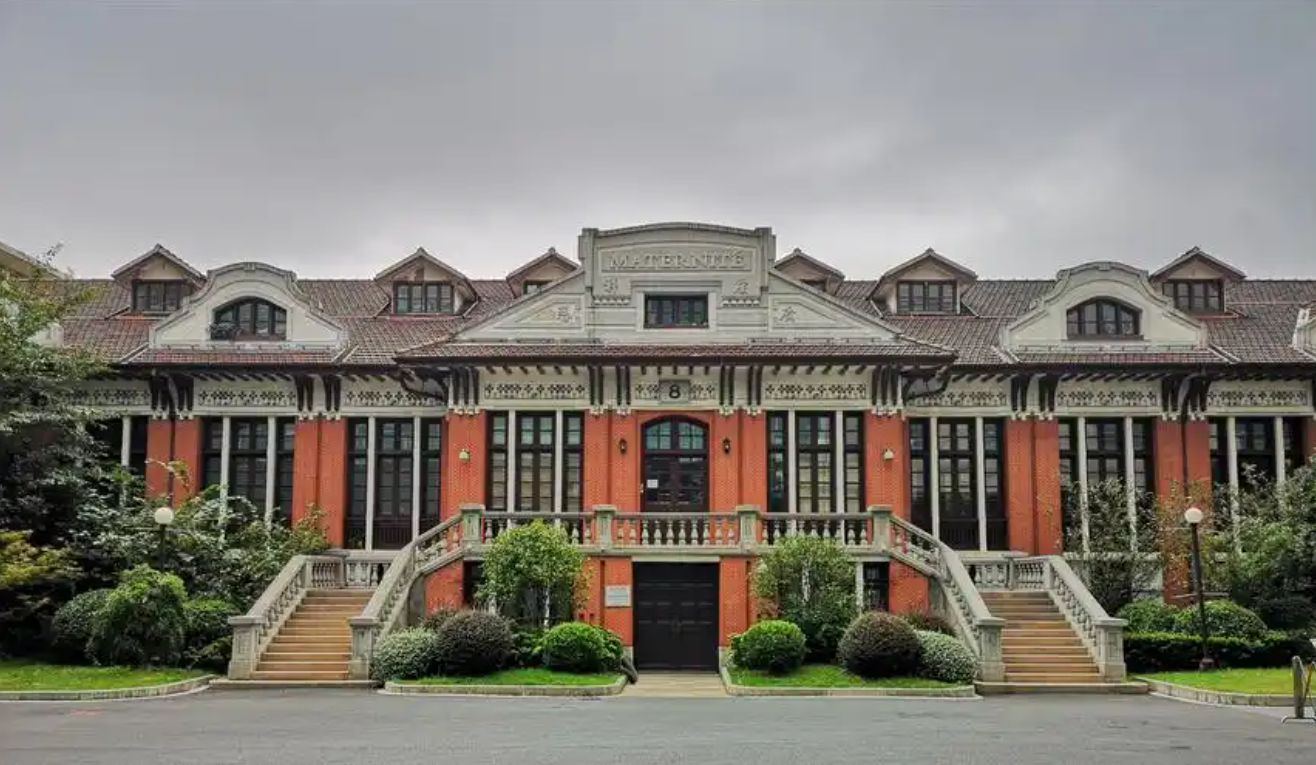Shanghai Ruijin Hospital

Shanghai Ruijin Hospital, originally named Guangci Hospital, was established in 1907 and is a large, comprehensive teaching hospital of the highest tertiary level. It currently has three non-independent campuses (Huangpu Campus, Jiading Campus, and Yangtze Campus) with a total of 2,942 registered beds. The hospital has received an A++ rating in the national public hospital performance evaluation for five consecutive years and has been honored as a “National Civilized Unit” for six consecutive terms.
Ruijin Hospital is actively exploring paths for high-quality development in public hospitals. It is among the first batch of pilot hospitals for high-quality development and modern hospital management systems, and it is also a national emergency medical rescue base. The hospital was selected for the first phase of the National Medical Center (Comprehensive Category) project, and Ruijin Hainan Hospital has become a national regional medical center. Additionally, it is one of the pilot projects for the “flagship” hospitals integrating traditional Chinese and Western medicine.
The hospital has over 50 clinical departments and centers, four national key disciplines, and 24 national clinical key specialties. It boasts the National Major Science and Technology Infrastructure for Translational Medicine (Shanghai), the National Key Laboratory of Medical Genomics, the National Clinical Research Center for Metabolic Diseases, and 10 provincial and ministerial key laboratories, as well as 35 national clinical trial specialties. The hospital also houses research institutions such as the Innovation Center, the Comprehensive Life Cycle Health Management Center, the Brain Disease Center, the Advanced Medical Imaging Research Institute, the Medical Chip Research Institute, and the Clinical Research Center, among others.
Currently, Ruijin Hospital has 6,506 employees, including renowned medical experts like CAS Academicians Chen Zhu, Chen Guoqiang, and CAE Academicians Wang Zhenyi, Chen Saijuan, and Ning Guang, who enjoy high international and domestic prestige. Among them, Academician Wang Zhenyi was awarded the highest national honor, the “Medal of the Republic,” and received the National Highest Science and Technology Award.
The hospital is committed to safeguarding the health and lives of the people, continuously challenging technical boundaries, and tackling complex and critical diseases. In the 1950s, it successfully treated a steelworker named Qiu Cai’kang with 89.3% severe burns, breaking the international consensus that “burns covering more than 80% of the body cannot be cured” and earning fame both domestically and internationally. In 1957, it diagnosed the first case of primary aldosteronism in China, laying the foundation for endocrine and metabolic diseases in the country. In the 1970s, it completed the first allogeneic heart transplant and the first allogeneic liver transplant in China. In the 1990s, it made significant advances in molecular biology research and clinical treatment of leukemia, and the “Shanghai Protocol” for treating acute promyelocytic leukemia became an internationally recognized standard treatment. In the new era, in response to new demands for the health and well-being of the people, the hospital has focused on the forefront of medicine and, after years of effort, the first domestically produced proton therapy system was officially approved for market entry.
Ruijin Hospital relies on an information platform to continuously improve the medical service experience. It has established the Shanghai Digital Medicine Innovation Center and was one of the first to introduce a series of convenient medical service applications. The hospital was approved for the Shanghai “Future Hospital” project. Moreover, it was among the earliest in China to equip itself with top-tier medical devices such as PET-MR, the sixth-generation head gamma knife, the fourth-generation da Vinci surgical robot system, intraoperative radiotherapy systems, and small animal PET-CT, and it also has a large number of high-precision instruments including PET-CT, helical tomotherapy (TOMO), proton radiotherapy systems, and 3.0T MRI, bringing its medical equipment to international advanced levels.
Focusing on building a comprehensive education system, Ruijin Hospital is committed to promoting the connection and integration of school education and post-graduate standardized training and specialized training. It continuously strengthens its two major brands in French medical education and medical simulation teaching to improve the quality of medical talent cultivation. The hospital is one of the first “National Clinical Teaching and Training Demonstration Centers,” and its “Progressive, Integrated, Immersive Ruijin Clinical Practice Teaching Innovation Model” won the first prize for educational achievements in Shanghai.
Ruijin Hospital adheres to the fundamental principle of comprehensive strengthening of Party leadership and consistently upholds the guidance of Party building. Through initiatives like the “Guangci Brand” construction and the “Employee Care Program,” the hospital strengthens patient-oriented service and cares for medical staff, fostering a spiritual core that supports high-quality development and building a new culture for high-quality development. It has implemented the “BE-QUIET” development strategy, which stands for Brand, Excellence, Quality, Unity, Intelligence, Efficiency, and Technology, and is exploring and practicing the modern hospital development path of “integrated operation, vertical management, and consistent medical care” for a multi-campus setup.

